A PROLONGED LOOK ON THE ANIMAL WILDLIFE OF THE SINTRA-CASCAIS NATURE PARK
Artemis is a project dedicated to the study and portrayal of fauna, taking the protected area of the Sintra-Cascais Nature Park as a reference point to understand global zoological phenomena and nature conservation challenges.
LIVING IN
OUR SHADOW
For thousands of years, Europe’s wildlife has been subject to the effects of human encroachment, suffering the consequences of overall habitat loss and profound changes to its original ecology. In the dawn of the Anthropocene, animal species went through various adaptations, struggling — or thriving — with the expansion of agriculture, urbanisation, and the introduction of invasive organisms.
Semi-natural areas, as those observable in the Sintra-Cascais Nature Park, give us a good frame of reference to understand biodiversity trends in the vicinity of large, urbanised centres. Here, long term zoology projects can shed light on the current status of animal wildlife, leading to further knowledge and subsequent conservation programmes.
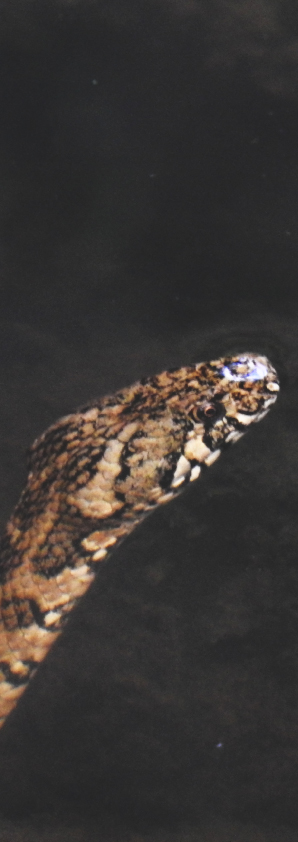
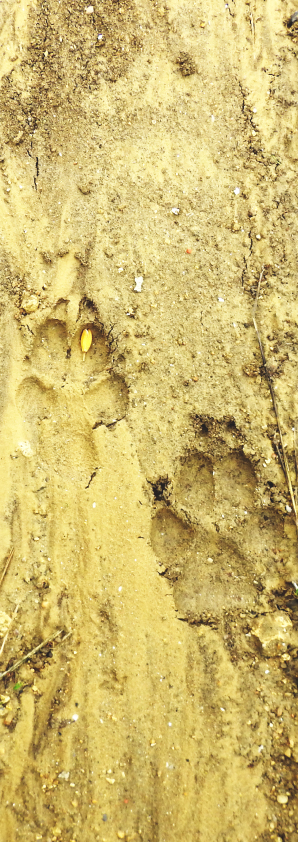
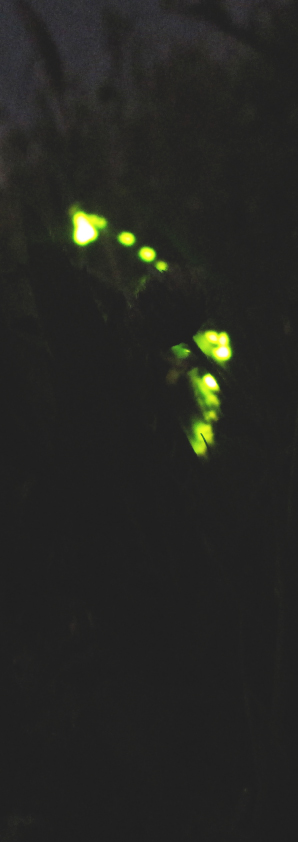
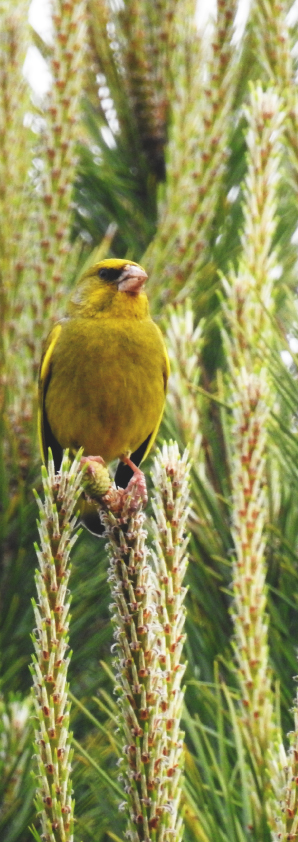
OBSERVING IN
SPACE AND TIME
In the field, this project performs documentary work, seeking to capture the lives of animals in their natural habitats. Operating in a non-intrusive fashion, these activities employ photographic, audiovisual methods, both direct and indirect — the latter through the use of camera traps.
At the same time, Artemis tries to apply systematic surveys on the presence, abundance, and distribution of fauna across the area of the park. This task is carried out in order to attain a clear picture of ecological, phenological patterns that are only observable in a persistent timescale, opening an opportunity for future conservation action.
SHARING THE FAUNA
WITH SOCIETY
Parallel to its field component, Artemis intends to create a bridge between society and the animal wildlife living in its direct surroundings. This goal falls in line with a conservation ethos that leans heavily towards the establishment of empathic bonds, taking each animal as an individual.
As a consequence, this project designs educational materials that are accessible to the public on Kosmonaus’ various platforms. It also contemplates open field activities and workshops, aiming to raise awareness to the impacts of human activity on the ecology of natural and semi-natural landscapes.
THE SINTRA-CASCAIS
NATURE PARK
Portugal > Lisboa > Sintra & Cascais
38°48’11.9’’N — 9°25’52.8’’W
Located at the westernmost point of continental Eurasia, the Sintra-Cascais Nature Park comprises a protected area of 14,450 hectares, composed by a mosaic of natural, semi-natural and urbanised habitats that are home to an interesting sample of the Palearctic faunal biodiversity.
Dominated by the eruptive massif of Serra de Sintra — and by the long interface with the Atlantic Ocean — this landscape is of special interest due to its proximity to the city of Lisbon, something that can be observed in the constant adaptation of its animal wildlife to the growing human encroachment.
SELECTED
BIBLIOGRAPHY
I
Baltazar, L., Martins, C., Dias, M. H., & Gameiro, E. – Atlas do Parque Natural de Sintra-Cascais. (2005). Junta de Turismo da Costa do Estoril: Parque Natural de Sintra-Cascais. 47, [14] p. ISBN 972-775-154-7
II
Bibby, C. J., Burgess, N. D., Hill, D. A., & Mustoe, S. (2000). Bird Census Techniques, Second Edition. Academic Press, London, UK.
III
Borralho, R. (1992). Dados sobre a Biologia das Aves de Rapina da Fauna Portuguesa. ERENA- Ordenamento e Gestão de Recursos Naturais. Lisboa.
IV
Bruun, B., Delin, H., & Svensson, L. (2002). Aves de Portugal e da Europa. 3ª edição. FAPAS.
V
Cabral, M. J., Almeida, J., Almeida, P. R., Dellinger, T., Ferrand de Almeida, N., Oliveira, M. E., Palmeirim, J. M., Queirós, A. I., Rogado, L., & Santos-Reis, M. (2005). Livro Vermelho dos Vertebrados de Portugal. Instituto da Conservação da Natureza. Lisboa. 659 p..
VI
Farinha, J. C., & Costa, H. (1999). Aves Aquáticas de Portugal – Guia de Campo. Instituto da Conservação da Natureza, Lisboa. 268 p.
VII
Heyer, W. R., Donnelly, M. A., McDiarmid, R. W., Hayek, L. C., & Foster, M. S. (1994). Measuring and monitoring biological diversity. Standard methods for amphibians. Washington & London, Smithsonian Institution Press, 364 p.
VIII
Hoffmann, A., Decher, J., Rovero, F., Schaer, J., Voigt, C., & Wibbelt, G. (2010). Field methods and techniques for monitoring mammals. In Eymann J., J. Degreef, C. Häuser, J.C. Monje, Y. Samyn & D. VandenSpiegel (eds.). Manual on field recording techniques and protocols for all taxa biodiversity inventories. Vol 8. United Kingdom: Abc Taxa. 482-529 p.
IX
Loureiro, A., Almeida, N., Carretero, N., & Paulo, O. (2008). Atlas dos Anfíbios e Répteis de Portugal. Instituto da Conservação da Natureza e da Biodiversidade, Lisboa, 257 p.
X
Macdonald, D., & Barret, P. (1999). Mamíferos de Portugal e Europa. Guias FAPAS. Câmara Municipal do Porto. Porto. 315 p.

A PROLONGED LOOK ON THE ANIMAL WILDLIFE OF THE SINTRA-CASCAIS NATURE PARK
Artemis is a project dedicated to the study and portrayal of fauna, taking the protected area of the Sintra-Cascais Nature Park as a reference point to understand global zoological phenomena and nature conservation challenges.
LIVING IN
OUR SHADOW
For thousands of years, Europe’s wildlife has been subject to the effects of human encroachment, suffering the consequences of overall habitat loss and profound changes to its original ecology. In the dawn of the Anthropocene, animal species went through various adaptations, struggling — or thriving — with the expansion of agriculture, urbanisation, and the introduction of invasive organisms.
Semi-natural areas, as those observable in the Sintra-Cascais Nature Park, give us a good frame of reference to understand biodiversity trends in the vicinity of large, urbanised centres. Here, long term zoology projects can shed light on the current status of animal wildlife, leading to further knowledge and subsequent conservation programmes.
OBSERVING IN
SPACE AND TIME
In the field, this project performs documentary work, seeking to capture the lives of animals in their natural habitats. Operating in a non-intrusive fashion, these activities employ photographic, audiovisual methods, both direct and indirect — the latter through the use of camera traps.
At the same time, Artemis tries to apply systematic surveys on the presence, abundance, and distribution of fauna across the area of the park. This task is carried out in order to attain a clear picture of ecological, phenological patterns that are only observable in a persistent timescale, opening an opportunity for future conservation action.
SHARING THE FAUNA
WITH SOCIETY
Parallel to its field component, Artemis intends to create a bridge between society and the animal wildlife living in its direct surroundings. This goal falls in line with a conservation ethos that leans heavily towards the establishment of empathic bonds, taking each animal as an individual.
As a consequence, this project designs educational materials that are accessible to the public on Kosmonaus’ various platforms. It also contemplates open field activities and workshops, aiming to raise awareness to the impacts of human activity on the ecology of natural and semi-natural landscapes.
THE SINTRA-CASCAIS
NATURE PARK
Portugal > Lisboa > Sintra & Cascais
38°48’11.9’’N — 9°25’52.8’’W
Located at the westernmost point of continental Eurasia, the Sintra-Cascais Nature Park comprises a protected area of 14,450 hectares, composed by a mosaic of natural, semi-natural and urbanised habitats that are home to an interesting sample of the Palearctic faunal biodiversity.
Dominated by the eruptive massif of Serra de Sintra — and by the long interface with the Atlantic Ocean — this landscape is of special interest due to its proximity to the city of Lisbon, something that can be observed in the constant adaptation of its animal wildlife to the growing human encroachment.
SELECTED
BIBLIOGRAPHY
I
Baltazar, L., Martins, C., Dias, M. H., & Gameiro, E. – Atlas do Parque Natural de Sintra-Cascais. (2005). Junta de Turismo da Costa do Estoril: Parque Natural de Sintra-Cascais. 47, [14] p. ISBN 972-775-154-7
II
Bibby, C. J., Burgess, N. D., Hill, D. A., & Mustoe, S. (2000). Bird Census Techniques, Second Edition. Academic Press, London, UK.
III
Borralho, R. (1992). Dados sobre a Biologia das Aves de Rapina da Fauna Portuguesa. ERENA- Ordenamento e Gestão de Recursos Naturais. Lisboa.
IV
Bruun, B., Delin, H., & Svensson, L. (2002). Aves de Portugal e da Europa. 3ª edição. FAPAS.
V
Cabral, M. J., Almeida, J., Almeida, P. R., Dellinger, T., Ferrand de Almeida, N., Oliveira, M. E., Palmeirim, J. M., Queirós, A. I., Rogado, L., & Santos-Reis, M. (2005). Livro Vermelho dos Vertebrados de Portugal. Instituto da Conservação da Natureza. Lisboa. 659 p..
VI
Farinha, J. C., & Costa, H. (1999). Aves Aquáticas de Portugal – Guia de Campo. Instituto da Conservação da Natureza, Lisboa. 268 p.
VII
Heyer, W. R., Donnelly, M. A., McDiarmid, R. W., Hayek, L. C., & Foster, M. S. (1994). Measuring and monitoring biological diversity. Standard methods for amphibians. Washington & London, Smithsonian Institution Press, 364 p.
VIII
Hoffmann, A., Decher, J., Rovero, F., Schaer, J., Voigt, C., & Wibbelt, G. (2010). Field methods and techniques for monitoring mammals. In Eymann J., J. Degreef, C. Häuser, J.C. Monje, Y. Samyn & D. VandenSpiegel (eds.). Manual on field recording techniques and protocols for all taxa biodiversity inventories. Vol 8. United Kingdom: Abc Taxa. 482-529 p.
IX
Loureiro, A., Almeida, N., Carretero, N., & Paulo, O. (2008). Atlas dos Anfíbios e Répteis de Portugal. Instituto da Conservação da Natureza e da Biodiversidade, Lisboa, 257 p.
X
Macdonald, D., & Barret, P. (1999). Mamíferos de Portugal e Europa. Guias FAPAS. Câmara Municipal do Porto. Porto. 315 p.


